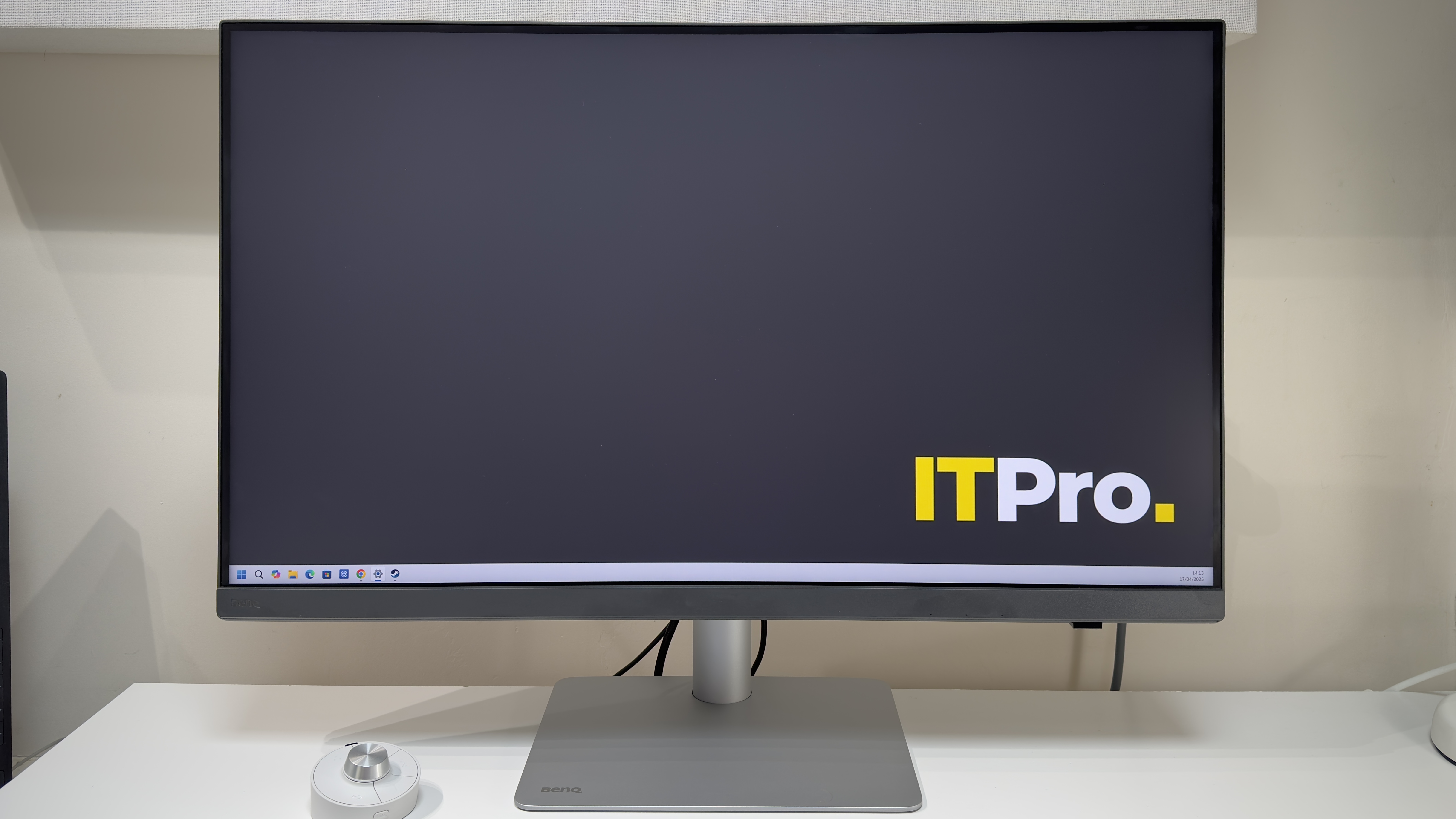How tech leaders can reconnect employees with company goals
First the Great Resignation, now the Great Detachment – employees are becoming increasingly disengaged


With workplaces requiring their staff to use multiple digital tools and platforms to communicate and collaborate, workers have in some way never been more connected.
On the other hand, more and more workers are feeling disconnected from their employer. According to Slingshot’s 2024 Digital Work Trends report, less than a quarter (23%) of employees feel they’re educated on what their employer is trying to achieve. This is despite 84% of leaders claiming that they’re communicating business goals to employees effectively.
This disconnect from company goals can damage morale and productivity. It’s been dubbed the Great Detachment.
Unlike the Great Resignation, a hallmark of the post-pandemic job market which saw an exodus of workers from tech, the Great Detachment is seeing people stay in their roles even if they’re demotivated. The current slowdown in hiring means employees can’t really afford to quit and be job hunting right now. The onus, then, is on employers to make them feel less detached and want to stick around.
Letting employees’ voices be heard
This disconnect is top of mind for Oliver Mackereth, managing director and founder of software product development firm High Digital, who describes it as a “modern workplace paradox”.
"True connection isn’t solely about technology. It’s about a shared sense of purpose that comes from company culture and clarity from management,” Mackereth tells ITPro.
To counter potential issues from creeping into the workforce, High Digital holds regular company-wide briefings where the leadership team provides employees with updates on its strategy, progress and any challenges it’s facing. “Rather than a one-way broadcast, we encourage open dialogue. We want employees to feel heard and understand how their work ties into the bigger picture,” says Mackereth.
Get the ITPro daily newsletter
Sign up today and you will receive a free copy of our Future Focus 2025 report - the leading guidance on AI, cybersecurity and other IT challenges as per 700+ senior executives
Laura Probert, chief people officer at email signature management firm Exclaimer, agrees that leaders need to encourage open discussions that prompt employees to ask questions and call out the obstacles they’re facing, so that they know that their workplace isn’t an echo chamber. But this only really works if leaders actually take action in response to what they’re hearing.
“Culture isn’t built from the top down – it thrives when employees are the driving force of shaping it. And decisions in business shouldn't happen to them, but be defined by them,” says Probert.
Recognizing each employee’s contribution
Recognizing the contribution of individual employee contributions is just as important. “Leaders should be creating a safe space where employees can talk about their performance, whether it’s good or bad, without fear of blame,” Probert adds.
Mackereth says that his company also uses regular feedback, along with acknowledging achievements, to “ensure a direct alignment between personal objectives and company goals, so that every team member knows their role in driving success”.
Ideally, feedback should be conducted face-to-face, because it allows for a more personal connection where facial expression, body language and other cues are easier to read. However, the fractured nature of hybrid and remote working means that teams can often be spread across different cities and even countries, making in-person meetings a challenge.
Aside from virtual appraisals, there are other ways to provide feedback. Data-driven transparency is integral to High Digital’s product development work. Employees have access to performance metrics, so they get an idea of the direct impact their work is having.
Not overwhelming employees with notifications
While the digital tools and platforms that employees have access to means they can see the contribution they’re playing in helping their employer achieve its goals, there is the risk that having to use too many spoils their productivity.
Slingshot’s report found that 42% of employees use five or more workplace apps almost every day. A quarter reported that notifications from these apps are causing a distraction. And, a third reported being overwhelmed by screen time, with digital fatigue causing 41% to suffer from burnout.
Jonathan Evans, CEO of Discovery ADR, a firm that helps companies like beverages multinational AB InBev to build better workforces, advises leaders to ensure they’re “not overwhelming employees with digital noise”.
“Platforms like Slack and Teams may enable communication, but they don’t necessarily drive alignment,” says Evans. Leaders could consider removing unnecessary apps from their tech stack or, at the very least, encourage employees to mute notifications and check them in blocks.
When it comes to notifications, leaders should set boundaries so employees know when to switch off at the end of a working day. Almost four in 10 employees feel under pressure to respond to queries outside of working hours, while two-thirds said they want their employer to allow them to unplug at the end of the day, according to Slingshot.
For Mackereth, the key has been flexibility and allowing employees to manage their own time by having the autonomy to balance their own professional and personal lives.
“This ownership and responsibility lead to greater motivation and a commitment to success. By offering this flexibility, we allow our team members to thrive in a way that suits them. It drives performance and ensures they’re connected to what we’re building together.”
Rich is a freelance journalist writing about business and technology for national, B2B and trade publications. While his specialist areas are digital transformation and leadership and workplace issues, he’s also covered everything from how AI can be used to manage inventory levels during stock shortages to how digital twins can transform healthcare. You can follow Rich on LinkedIn.
-
 Why are many men in tech blind to the gender divide?
Why are many men in tech blind to the gender divide?In-depth From bias to better recognition, male allies in tech must challenge the status quo to advance gender equality
By Keri Allan
-
 BenQ PD3226G monitor review
BenQ PD3226G monitor reviewReviews This 32-inch monitor aims to provide the best of all possible worlds – 4K resolution, 144Hz refresh rate and pro-class color accuracy – and it mostly succeeds
By Sasha Muller